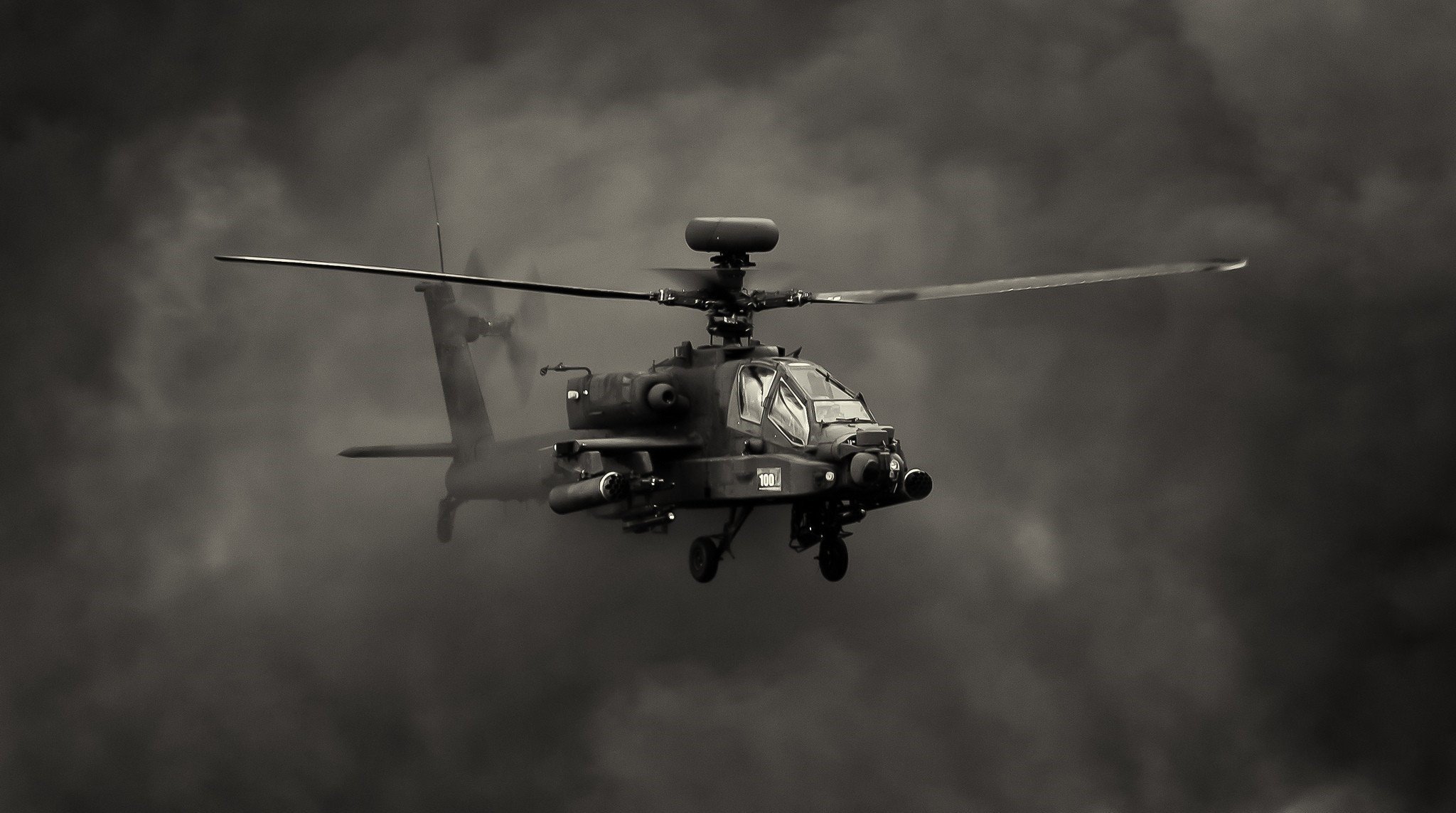Helicopters are renowned for their remarkable agility and versatility, with the ability to access locations that are often off-limits to traditional fixed-wing aircraft. This begs the question – Can Helicopters Land Anywhere? they desire, or are there legal and practical limitations to their operations? In this comprehensive article, we’ll delve into the intricacies of helicopter landing regulations, exploring the various scenarios where these aerial workhorses can and cannot touch down, and the important considerations pilots must keep in mind.
14 Top Bullet Proof Cars in the World
Understanding Helicopter Landing Regulations
The regulatory landscape governing helicopter landings is a nuanced and multifaceted one, with a complex web of federal, state, and local laws and ordinances that pilots must navigate. While helicopters generally enjoy greater flexibility in their landing options compared to airplanes, there are still a number of restrictions and requirements that must be met to ensure safe and legal operations.
Federal Aviation Administration (FAA) Regulations
At the federal level, the FAA serves as the primary regulatory authority overseeing all aspects of aviation, including helicopter operations. The FAA’s regulations outline specific guidelines and restrictions for helicopter landings, with a focus on maintaining safety and preventing disruptions to the surrounding airspace and communities.
State and Local Ordinances
In addition to the federal regulations, helicopter pilots must also be mindful of any state or local laws and ordinances that may govern landing activities within their area of operation. These can vary significantly from one jurisdiction to another, and can include restrictions on landing locations, noise levels, and even the specific types of helicopters that are permitted to operate in the area.
6 Top Military Trucks in the World
Can Helicopters Land Anywhere They Want?
With a deeper understanding of the regulatory framework, let’s explore the specific scenarios where helicopters can and cannot legally land.
Residential Areas
One of the most common questions surrounding helicopter landings is whether they can touch down in residential neighborhoods. The good news is that, in general, helicopters are permitted to land in residential areas, as long as they obtain the necessary permissions from the property owners and comply with any local ordinances.
Parking Lots
Landing a helicopter in a parking lot is a bit more complicated. While it is generally prohibited, there are exceptions in cases of emergency or with the express permission of the property owner. Pilots must exercise extreme caution to avoid causing damage to vehicles or other structures during the landing process.
Water Landings
Helicopters are capable of landing on water, but they require specialized equipment such as floats or a buoyant sealed hull to do so safely. Additionally, many helicopter models are not designed to be restarted while in the water, limiting their ability to operate on bodies of water for extended periods.
Airports
Airports are a natural landing spot for helicopters, and they are generally permitted to land at these facilities. However, they must adhere to the same rules and regulations as fixed-wing aircraft, including obtaining clearance from air traffic control and following designated landing procedures.
Factors Influencing Helicopter Landing Decisions
When it comes to deciding where to land a helicopter, pilots must consider a variety of factors beyond just the legal and regulatory requirements. These include:
Safety Considerations
Ensuring the safety of the aircraft, passengers, and surrounding environment is of paramount importance. Pilots must carefully evaluate the landing site for potential hazards, such as power lines, obstacles, and unstable or uneven terrain.
Operational Factors
Factors like the helicopter’s weight, fuel capacity, and performance capabilities can also influence the choice of landing location. Pilots must ensure that the selected site can accommodate the specific requirements of their aircraft.
Environmental Considerations
Noise levels, air traffic patterns, and the potential impact on local communities are all important environmental factors that must be taken into account when planning a helicopter landing.
10 Best Intelligence Agencies in the World 2024
Conclusion
In conclusion, while helicopters do enjoy a greater degree of flexibility when it comes to landing locations compared to their fixed-wing counterparts, there are still a number of legal and practical considerations that pilots must navigate. By understanding the regulatory framework, evaluating the specific characteristics of the landing site, and prioritizing safety above all else, helicopter pilots can ensure that their operations are conducted in a responsible and lawful manner.
FAQs
1. Can helicopters land anywhere they want?
No, helicopters cannot land anywhere they want. While they have more flexibility than airplanes, there are still legal and practical limitations to where they can land.
2. Do helicopters need permission to land in residential areas?
Yes, helicopters generally need permission from the property owner before landing in a residential area, and they must also comply with any local ordinances or restrictions.
3. Can helicopters land in parking lots?
Landing in a parking lot is usually prohibited, except in cases of emergency or with the explicit permission of the property owner. Pilots must exercise caution to avoid causing damage.
4. Are there special requirements for helicopters to land on water?
Yes, helicopters require specialized equipment like floats or a buoyant sealed hull to land safely on water, and many models are not designed to be restarted while in the water.
5. Can helicopters land at airports?
Yes, helicopters are generally permitted to land at airports, but they must follow the same rules and regulations as fixed-wing aircraft, including obtaining clearance from air traffic control.





















